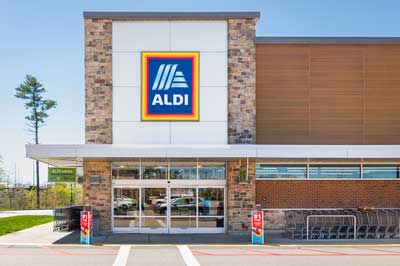Over the last five years, American grocery costs have soared. In 2022, prices for food prepared at home jumped by a historic 11.8 percent from the year before, according to the Bureau of Labor Statistics’ Consumer Price Index survey. In 2021, at-home food costs rose 6.5 percent.
While prices haven’t dropped in 2025—and likely won’t—the rate of inflation for groceries has for the most part slowed. In July 2025, costs for groceries were 2.2 percent higher than the year before.
But prices in some food categories continue to shoot up. Beef costs were up to 11.3 percent more in July 2025 than the year before. Eggs, though cheaper than during the Great Egg Panic, still ran 16.4 percent more in July than the year prior, and are expected to rise again in 2025 and 2026. Add in uncertainty about shifting prices due to tariffs and economic unease, and many Americans are still stressed out in checkout lines.
Although we’re all paying more than ever for what we eat, our latest evaluations of Boston area grocery stores found that most shoppers can save by taking advantage of several low-cost store options. There’s more competition than ever in the region’s supermarket scene, and that ultimately benefits shoppers.
So which stores offer the lowest prices? Where can you find the freshest produce and meat? How much can you save by shopping at a low-cost player like ALDI or Walmart? Are warehouse clubs worth the membership fees? How much extra will you pay for delivery? Click on the articles below for answers.






